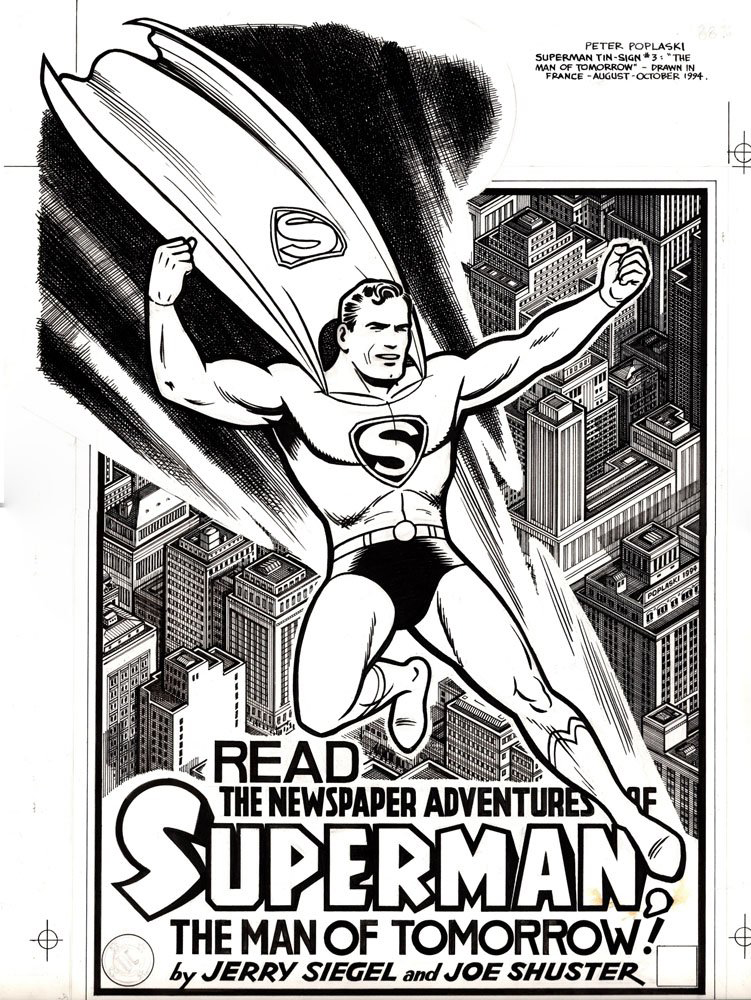Steve Rude — Love Letter To The King
Mister Miracle Special #1, April 1987
We continue to celebrate Jack Kirby’s legacy at DC Comics with a special two-week look at Jack’s characters and concepts as envisioned by other creators. 2021 is the Fiftieth anniversary of the Fourth World storyline. *
Jack Kirby super-fan Steve Rude pens this artistic love letter to Kirby’s Fourth World, in this one-shot from 1987. Along for the tribute are Jack’s best-known collaborators at DC, writer Mark Evanier and inker Mike Royer.
On this inventive and powerful splash page — the best in the issue — Rude cleverly uses a “trapped” Miracle as the backdrop for other Fourth World characters including The Forever People, Lightray of the New Gods, and Big Barda.
Rude and Evanier would reunite again for another Kirby tribute years later with a 1999 Jimmy Olsen story in Legends of the DC Universe # 14. (Inked this time by Bill Reinhold.)
*Purists will note that some of the characters and titles actually made it onto newsstands before the close of 1970, but the fully integrated series (Jimmy Olsen, Forever People, New Gods, and Mister Miracle) — doesn’t fully materialize until the following year.











































